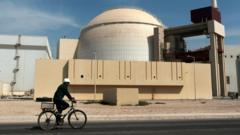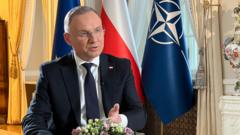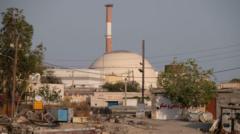Richard L. Garwin, who passed away at 97, was known for his pivotal role in designing the hydrogen bomb but chose to dedicate his later years to advocating against nuclear weapons. His extensive work often remained concealed from the public, including even his own family.
A Legacy of Nuclear Innovation: Richard Garwin's Hidden Role

A Legacy of Nuclear Innovation: Richard Garwin's Hidden Role
Discover the impactful life of Richard Garwin, a scientist whose secret shaped nuclear history and fostered disarmament efforts.
In a poignant twist of fate, Garwin's journey began in the shadow of Enrico Fermi, another luminary in nuclear physics. During a visit to his mentor in late 1954, Garwin, then just 23, revealed a monumental secret: he was instrumental in creating the world's first hydrogen bomb. This bomb showcased an unprecedented level of destructive capability, exploding with nearly 1,000 times the force of the atomic bomb dropped on Hiroshima.
Reflecting on his earlier experiences and Fermi, Garwin redirected his career to embrace public advocacy on nuclear issues, inspired by his mentor's own regret about limited public involvement. His life's work can be characterized as an ongoing struggle against the devastating legacy he helped conceive, positioning scientists as responsible for advocating for peace and safety.
As the nuclear threat evolves, Garwin's legacy becomes increasingly significant, illustrating the duality of scientific innovation and ethical responsibility. His contributions remind us of the importance of using knowledge for the greater good, leaving a complex yet compelling human narrative intertwined with scientific discovery.
Reflecting on his earlier experiences and Fermi, Garwin redirected his career to embrace public advocacy on nuclear issues, inspired by his mentor's own regret about limited public involvement. His life's work can be characterized as an ongoing struggle against the devastating legacy he helped conceive, positioning scientists as responsible for advocating for peace and safety.
As the nuclear threat evolves, Garwin's legacy becomes increasingly significant, illustrating the duality of scientific innovation and ethical responsibility. His contributions remind us of the importance of using knowledge for the greater good, leaving a complex yet compelling human narrative intertwined with scientific discovery.





















